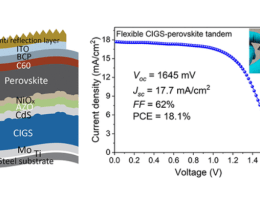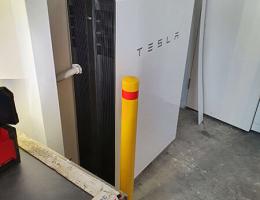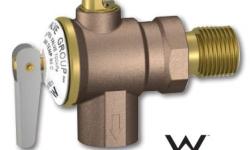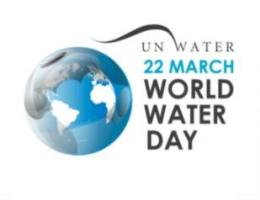
South Australian Liberal MPs paranoid about the scale of renewable energy enabled by their Labor predecessors are recycling the fantasy that hydrogen is an economical fuel source that the state can produce at a scale large enough to earn export dollars.
Recycling is generally a good thing, but when it comes to repeating a myth that has been discredited by industry and science because producing hydrogen is complicated, expensive and downright dangerous once isolated, the notion becomes a bad idea.
This week, the SA government touted a plan to introduce hydrogen energy into the fuel mix by piggy-backing it on top of renewables.
In the same breath it pronounced that: “By 2025, it is predicted that 90 per cent of the state’s electricity could be generated from renewable sources based on Australian Energy Market Operator (AEMO) data.”
Okay … so if solar and wind are going to help power virtually the entire state, what is the point of exploring the vapourware that is hydrogen energy?
Well, according to the Premier Steven Marshall, it’s because: “Modelling for the Australian Renewable Energy Agency has forecast Australian hydrogen exports could contribute $1.7 billion and 2800 jobs to the national economy by 2030. Our aim is to position South Australia to attract a substantial share of that potential economic activity.”
Sorry, Mr Marshall, there is no meaningful global market for hydrogen, and no other country is seriously considering developing one because exporting this highly explosive and corrosive fuel is not feasible.
So, why is his infatuation with hydrogen so pronounced? Maybe Mr Marshall is being egged on by Liberal Party apparatchiks philosophically opposed to renewables.
Or perhaps the biggest bullies in the state’s corporate playground, Santos and BHP, want him to spend taxpayer money exploring any potential for their polluting resources to be part of the hydrogen hoax.
The Premier needs to stop listening to the deluded and recognise that it would be far easier and more intelligent for SA to ramp up renewable electricity from its stated target of 90 per cent and export clean and safe power on the National Electricity Market (NEM) to the eastern states.
This would help wean them off dirty coal power plants, many of which are scheduled to be decommissioned anyway.
And such an endeavour would be just a fraction as ambitious as the one Atlassian co-founder Mike Cannon-Brookes has thrown his financial weight behind. The brilliant Aussie entrepreneur is spruiking a $25 billion, 3000km undersea cable to export solar energy to Singapore from the Northern Territory.
Here are only a few of many reasons why the SA government is on very shaky ground with its hydrogen fairy tale:
- The former Bush administration gifted multiple billions of dollars to national laboratories, car companies and fuel-cell firms to research the feasibility of hydrogen as a fuel. And they produced zero results, according to aerospace engineer Robert Zubrin.
- Even a secondary school chemical student can tell you that Earth’s hydrogen is not freely available, like sunlight and wind are. It is combined with other chemicals, such as oxygen in water or embedded in hydrocarbons.
- Hydrogen can be extracted from water via electrolysis, but it is a hugely expensive endeavour that would make it totally uneconomic as a fuel.
- As Mr Zubrin said in his expose: “Before hydrogen can be transported anywhere, it needs to be either compressed or liquefied. To liquefy it, it must be refrigerated down to a temperature of minus 253 degrees Celsius. At these temperatures, the fundamental laws of thermodynamics make refrigerators extremely inefficient. As a result, about 40 per cent of the energy in the hydrogen must be spent to liquefy it. This reduces the actual net energy content of the fuel. And because it is a cryogenic liquid, still more energy would be lost as the hydrogen boiled away during transport and storage.”
- Exporting hydrogen, through pipelines or tankers, is virtually impossible with the technology we have today. Hydrogen diffuses into metals leading to deterioration of pipelines, valves, fittings and storage tanks. Its molecules are so small, they can not only escape through the most minutely flawed seal, they also penetrate through solid steel, leading to wasteful leakage. Who is going to absorb that cost?
- And as for hydrogen-powered vehicles, well that narrative is peppered with failures which have cost car makers and tax payers billions of wasted research dollars over the last several years. Chemical process experts, such as Paul Martin, have relentlessly tried to explain that “hydrogen is a dead end for cars … for thermodynamic reasons that are hard to argue with”.
- Even entrenched in fuel cells, hydrogen is a highly flammable substance that would put drivers and their passengers in a vehicle ready to explode on impact.
Good luck to the SA government if it can convince motorists to take the Dr Strangelove challenge and ride a H-bomb to oblivion.







